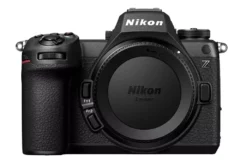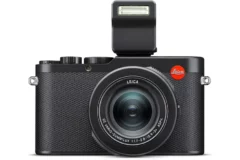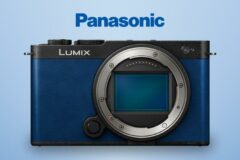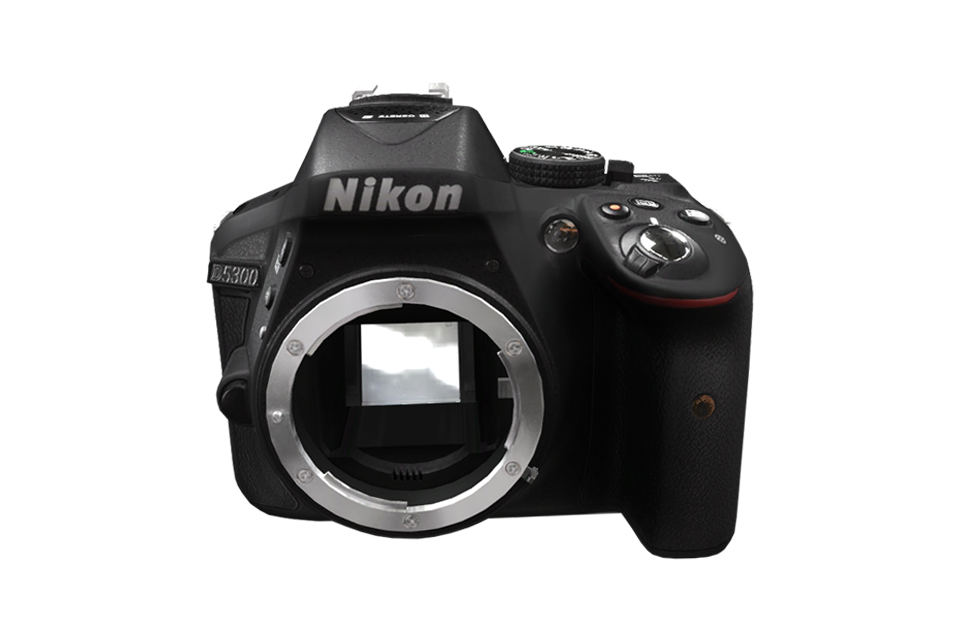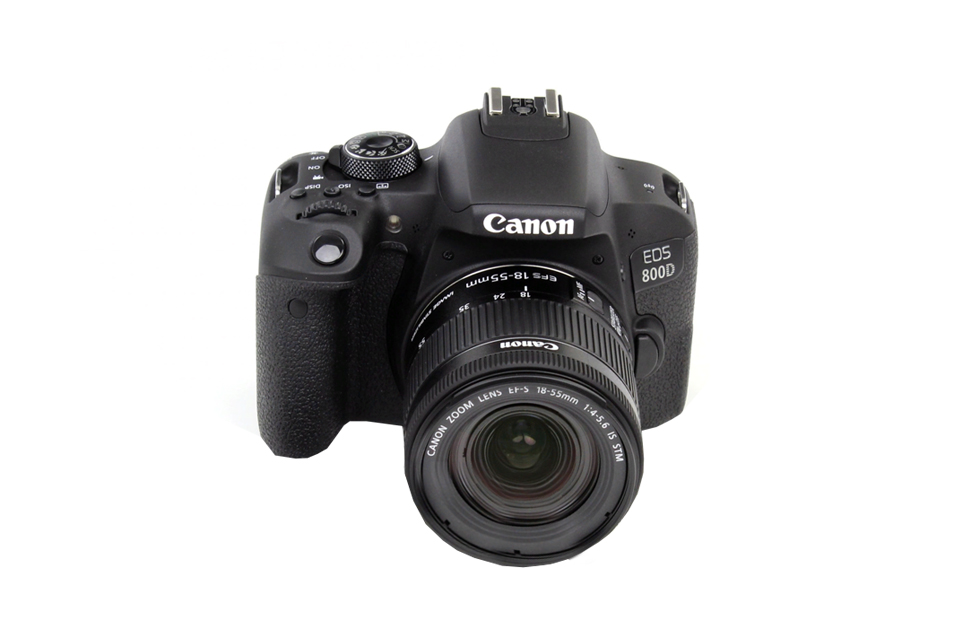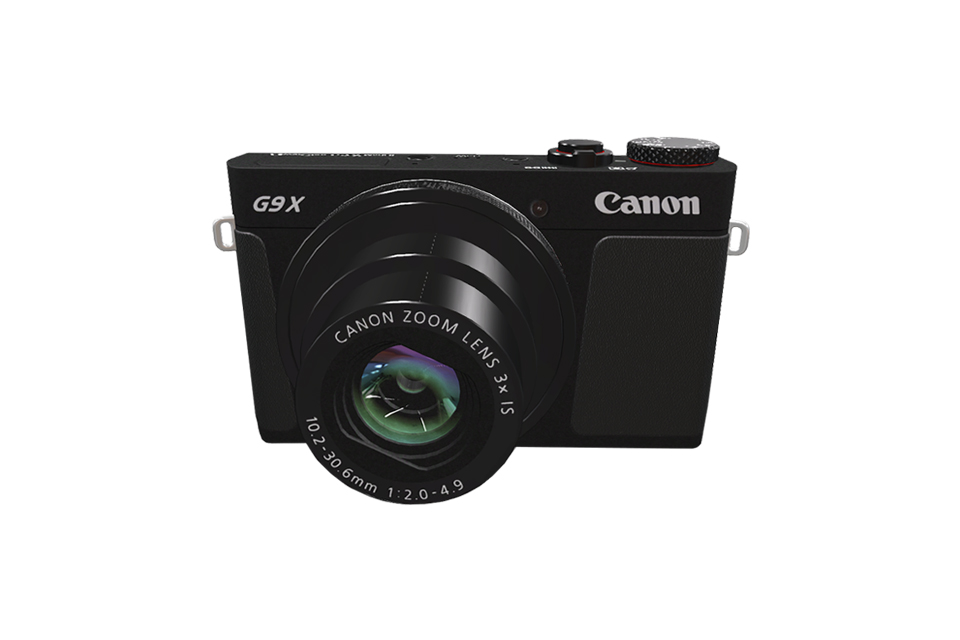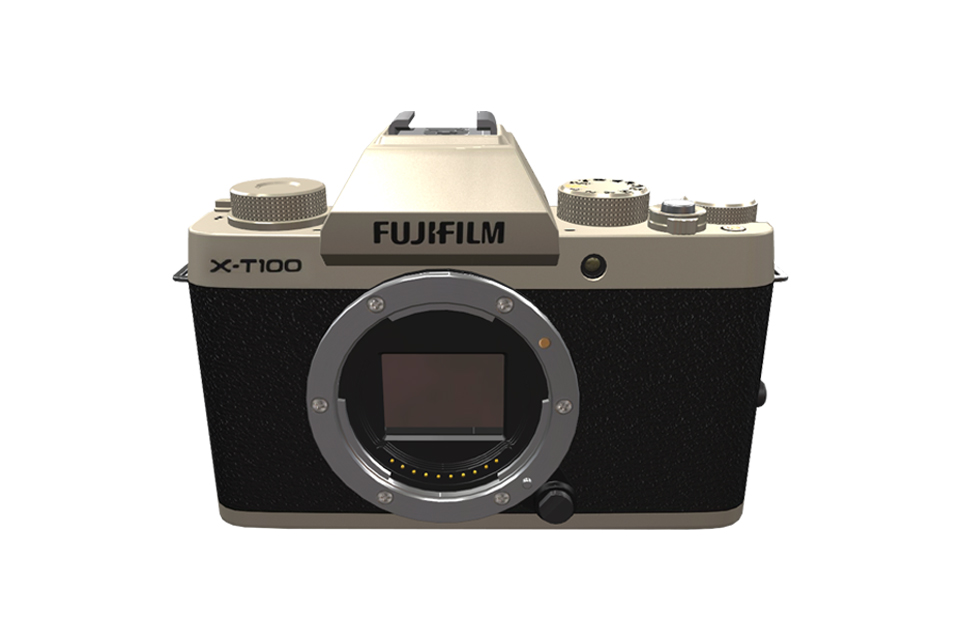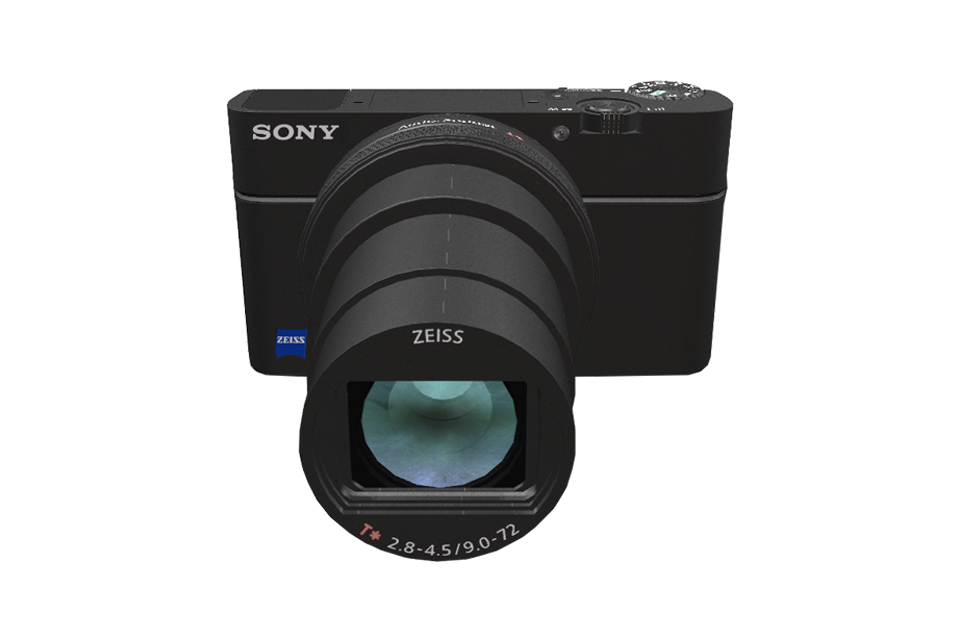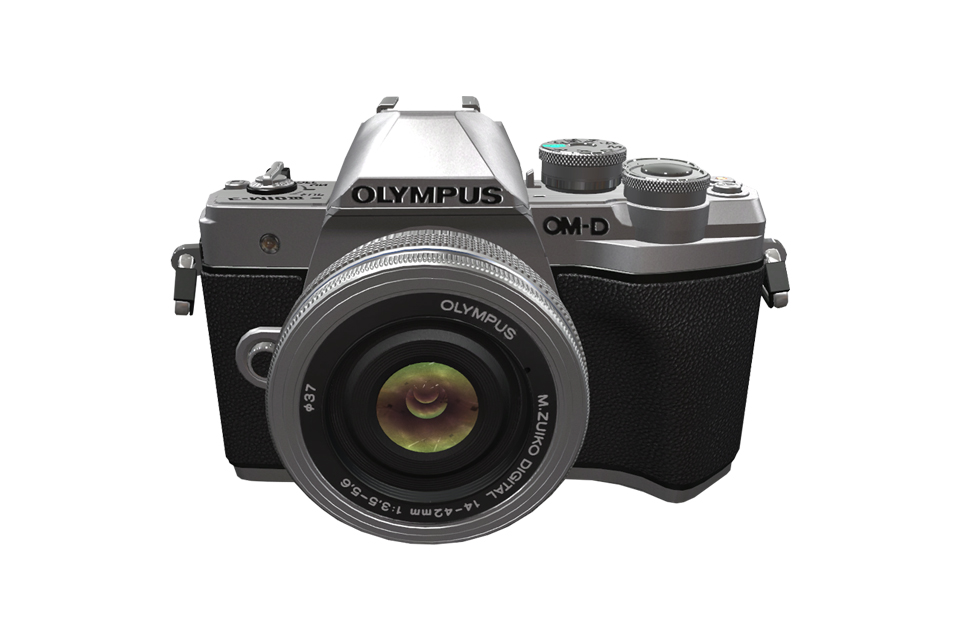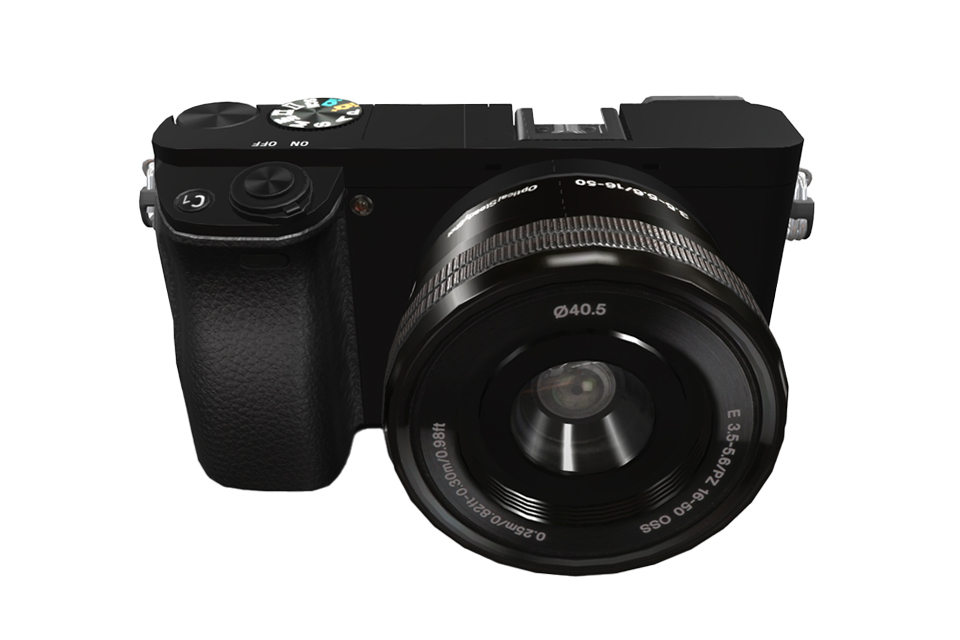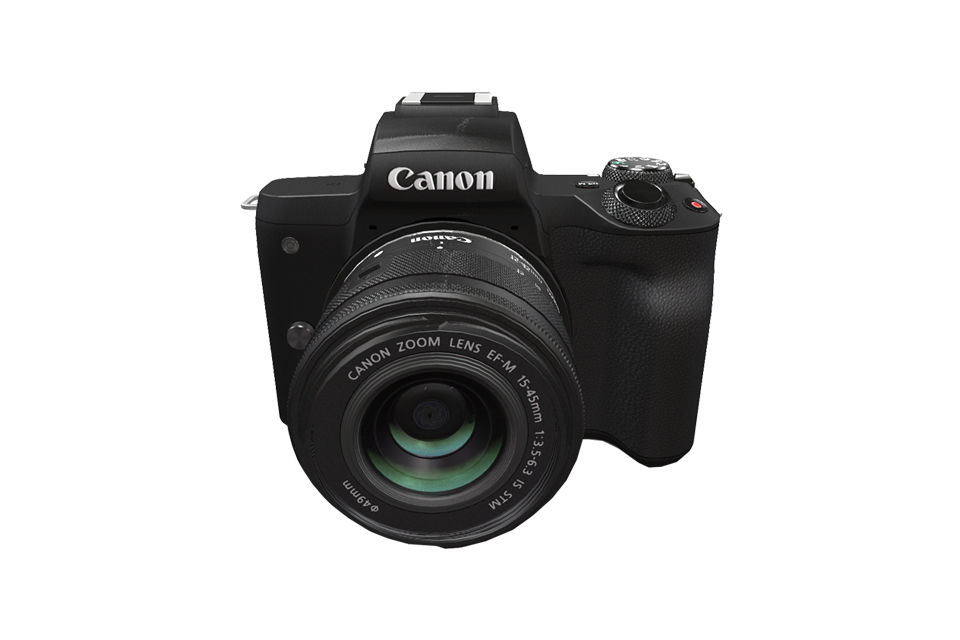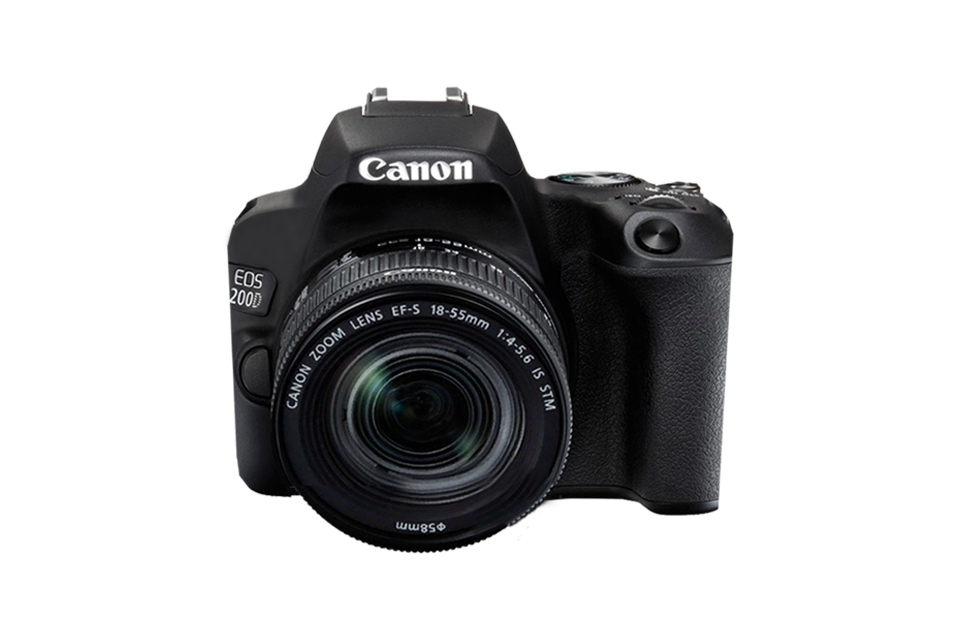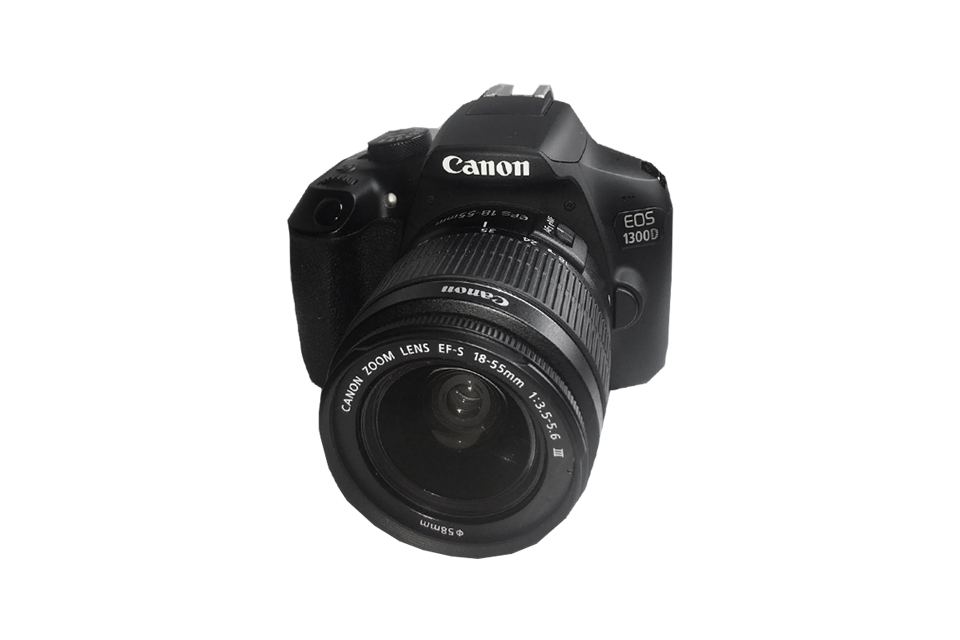10 Best Camera for Beginners in 2020
If you’re looking for a good beginner’s camera, you’re at the right place. It is generally accepted that photography is a rather expensive task since all the equipment, including the camera body, requires quite a large budget.
That’s why, for beginners, it can sometimes be difficult to decide on their purchase. But what if I tell you that you can take great pictures without spending all your savings? I will help you choose the best camera for beginners that will be suitable even for serious tasks.
10 Best Cameras for Beginners to Buy in 2019
Nowadays, when everyone has a smartphone in their pocket with a 40 MP built-in camera, beginners are wondering – why do I even need a camera if my smartphone takes good pictures?
But the smartphone camera is not compatible with professional photography work. The absence of an interchangeable lens and a normal optical zoom is already what makes even entry-level cameras immediately go one step ahead.
1. Nikon D5300
This is possibly the best camera for beginners which, in terms of characteristics, will not be inferior to advanced models. The camera offers 39 phase focusing points, 9 of them are cross ones. As a result, especially in poor lighting conditions, it’s easier to “catch” the focus.
The camera is perfect for landscapes, frames built with a wide dynamic range and high contrasts.
Beginners will quickly master the camera, and it will be able to reveal its capabilities for a long time – often they switch immediately to professional models after this one.
The D5300 may work well for professional purposes. Its lightweight and good autonomy on a single charge will definitely come in handy when traveling.
Pros:
- Ergonomics
- Excellent image detailization
- Wide dynamic range of the matrix
- Small dimensions and weight
- Excellent autofocus when using the viewfinder
Cons:
- No phase focus sensors on the sensor itself
- Non-touch screen
2. Canon EOS 800D
This model is for beginners who search for a higher-level body, especially if compared to classic SLR cameras intended for inexperienced photographers. The 25.8-megapixel matrix is made using DualPixel technology, so you can quickly focus in the Live View mode, just by clicking in the right place on the rotating screen.
The 49 cross-type points are used by the camera to obtain perfect sharpness when live viewing through the viewfinder. There is no direct focus point selection.
A rotating screen with electronic leveling will not allow the photographer to drop the horizon line even if he/she is shooting from an uncomfortable position. Settings can be controlled remotely via a smartphone with the Canon Camera Connect app.
The image quality is at a high level, the matrix here is already of semi-professional class. If you directly compare the D5300 and 800D models, then the conversation will be more about choosing a brand and price.
Pros:
- Great focus work in both shooting modes
- Convenient and intuitive menu mode “for beginners”
- Excellent matrix
- Specifying a focus point via touch in LiveView mode
Cons:
- Pretty high price
- In excessively bright or poor lighting, metering is not always accurate
3. Canon PowerShot G9 X Mark II
This is a nice and really compact camera for beginners. Its advanced technical characteristics allow you to take photos of excellent quality even in the most difficult shooting situations.
Its wide functionality provides captivating pictures in any genre. The camera is pretty lightweight and can be easily put in a pocket or bag. The lens hides inside.
The auto mode is very important for a novice photographer, and Canon’s Smart Auto is really interesting in this regard. For example, it includes serial shooting when photographing a moving subject, changes the settings of the optical lens stabilizer when shooting with wiring, and also allows you to remember the faces of people often photographed.
Pros:
- Small dimensions and weight
- Effective built-in image stabilizer
- Large touch screen
- Universal fast aperture zoom lens
- Ability to charge via micro-USB
Cons:
- Lack of a rotating display
- Short battery life
4. Fujifilm X-T100
A camera is not only a device for capturing moments or beautiful views. Sometimes, when searching for the best camera for photography, beginners want it to be an image accessory as well. Due to the popularity of retro things, this camera, which successfully imitates a retro SLR with its magnesium body, may be of interest already for the external qualities alone.
But it is also interesting internally. For example, an APS-C format sensor was used here, which was not a bad option for professional photographic equipment not so long ago.
The image quality of the camera is very decent, even though the matrix with a Bayer filter is simplified in comparison with the “older” cameras. Up to ISO 3200, you can work without losing details because of increased noise levels or aggressive software noise reduction.
The swift autofocus is satisfying. But some lag of the electronic viewfinder is clearly present and may interfere with the dynamics when shooting.
Pros:
- Stylish, durable body
- Rotating screen
- 91-point hybrid focus
- Convenient management
- USB charging
Cons:
- Small focal length range of kit optics
- 4K video at 15 fps
5. Sony Cyber-shot DSC-RX100
RX100M6 won the TIPA, this year’s Best Superzoom Compact Camera Award. But concentrating on the best cameras for beginners, we will take the simplest model in the line.
This is not an ultramodern, but a high-quality and convenient camera, which also does not bulge in your pocket or bag. The camera has a metal case with a minimum of plastic.
A “Carl Zeiss” proudly flaunts on the lens, plus it has a bright three-inch display. The 20-megapixel matrix with a one-inch diagonal at the time was the first of its size to be released into the mass segment of compact cameras.
To this day, it cannot be called obsolete. The range of equivalent focal lengths is from 28 to 100 mm. The presence of an optical stabilizer is also worth mentioning.
Pros:
- High-quality Zeiss Optics
- Detailed, with good contour sharpness photos at small and medium ISO
- Compact and rugged body
Cons:
- Lack of Wi-Fi
6. Olympus OM-D E-M10 Mark III
The device is small and convenient. The grip is thought out to the smallest detail: three fingers of the right-hand rest on the front part, and on the opposite side, a convenient protrusion is provided for the thumb.
The control wheels remained as large as on older models, which is very practical. The camera is slightly larger than the smartphone in size and weight, fits in your pocket and handbag, which is often an important criterion in cameras for beginners.
If you master the capabilities of the camera properly and use manual settings in combination with a highly effective stabilization system, you can get high-quality images even in difficult lighting conditions. View more cameras under $500.
Pros:
- Ergonomic, lightweight and compact body
- High-quality photographs up to ISO 3200
- Convenient touch control
- Highly effective stabilization system
Cons:
- Contrast autofocus system
- No interfaces for high-quality audio recording
- No recharging via USB interface
7. Sony Alpha ILCE-6000
Compact sizes (which could fit even a flash) and fast autofocus, high image quality are serious advantages of the camera. 4D focus, which replaced the contrast autofocus, was a real breakthrough in mirrorless technology.
Its essence lies in the improved operation of automation, immediately in 4 dimensions. 179 phase-detection sensors interact with the object, which cover 92% of the width and 91% of the frame height.
The distance to the subject is also controlled. The future direction of movement in the next second is taken into account. Tracking focus works perfectly with a trajectory of movement of any complexity.
Alpha ILCE-6000 is the best camera for beginners with a particular interest in dynamic scenes. However, you can’t directly point with your finger at the screen where you need focus, you have to use the Navipad.
Pros:
- Great autofocus performance
- The quality of the matrix is clearly noticeable when working with RAW
- Compact and lightweight
Cons:
- Inconvenient focus point selection
- Camera optics obviously inappropriate for the class
8. Canon EOS M50
You can safely recommend it to all photographers who need a compact and lightweight camera with interchangeable lenses, capable of coping with all common scenes and shooting 4K video.
The main advantage of the new DIGIC 8 processor is the ability to record video in 4K format (3840×2160 pixels at 25 frames/sec.). There is an autofocus function for the eyes, but it only works with still people, for example, in classic portrait shooting.
The camera is quite capable of coping with shooting dynamic scenes due to the burst speed of up to 10 frames/sec, confident and fast autofocus with Dual Pixel CMOS AF technology.
This is not the best camera for beginners only. Experienced photographers, thanks to the touch screen, will be able to control the settings as flexibly as on SLR cameras with many buttons.
An annoying drawback pointed out by the owners is the inability to recharge the battery via USB. For this purpose, a network charger has to be used. Therefore, the owner of the camera should stock up on extra batteries before traveling.
Pros:
- Large image sensor of APS-C format
- 4K video recording
- High-speed burst shooting
- Dual Pixel CMOS AF technology for fast and accurate focusing
- High-quality images up to ISO 3200
Cons:
- Dual Pixel CMOS AF does not work in 4K video recording mode
- Short battery life
- USB charging not supported
9. Canon EOS 200D
This model gives the solution sought by newcomers at the beginning of their journey: the maximum set of technical capabilities at a low price.
The mirror device with a rotating touch screen supports NFC, Bluetooth and Wi-Fi, shoots at a speed of 5 frames/sec. CMOS AF sensor smoothly tracks the video subject. It’s nice to have these features and technologies from the world of professional photography on an amateur device.
The users also like the new graphical interface. Colored icons tell you what effect you will achieve when adjusting the aperture and shutter speed. This greatly facilitates life at the learning stage. Later, you can switch to the standard view.
In Live View mode, the branded Dual Pixel CMOS AF technology works quickly and accurately. The focus area can be instantly selected with a simple touch of the screen. However, when shooting through the viewfinder, nine AF points are still not enough. You can click here for some of the best tips that you can apply with your camera.
Pros:
- Auto mode with intelligent scene detection
- Fast-tracking autofocus in live view
- Built-in Wi-Fi, NFC, Bluetooth interfaces
- Touch screen with a rotating design
- Simplified interface for beginning photographers
Cons:
- Few AF points when shooting through the viewfinder
- Many abbreviations in the simplified interface
10. Canon EOS 1300D
This is an excellent representative of DSLR cameras for beginners with the potential to move from amateur photography to a more serious level. The owner will be able to enthusiastically experiment with all the manual settings, shoot with a blurry background in moderately difficult conditions.
After exploring the capabilities of the kit lens, you can switch to aperture optics and take a fresh look at the camera.
On the Internet, they say a lot about the speed of work. Don’t be upset by the slow loading of information on the screen after activating the device. Actually, the camera is ready to take photos already half a second after having been turned on.
With the proper reaction, you will not miss a single valuable dynamic shot. But here is another point: in the RAW format, a series of 7 shots are taken at a speed of 3 frames/sec., and then the buffer is filled. You have to wait until the photos are saved on the memory card. There is a solution – shoot in JPEG at maximum quality.
Pros:
- Simplicity of the interface
- System of tips in the on-screen menu
- Short turn-on time
- High-quality images up to ISO 1600
- Large buffer size in JPEG
Cons:
- Slow autofocus when viewing on the display
- Low buffer size in RAW
